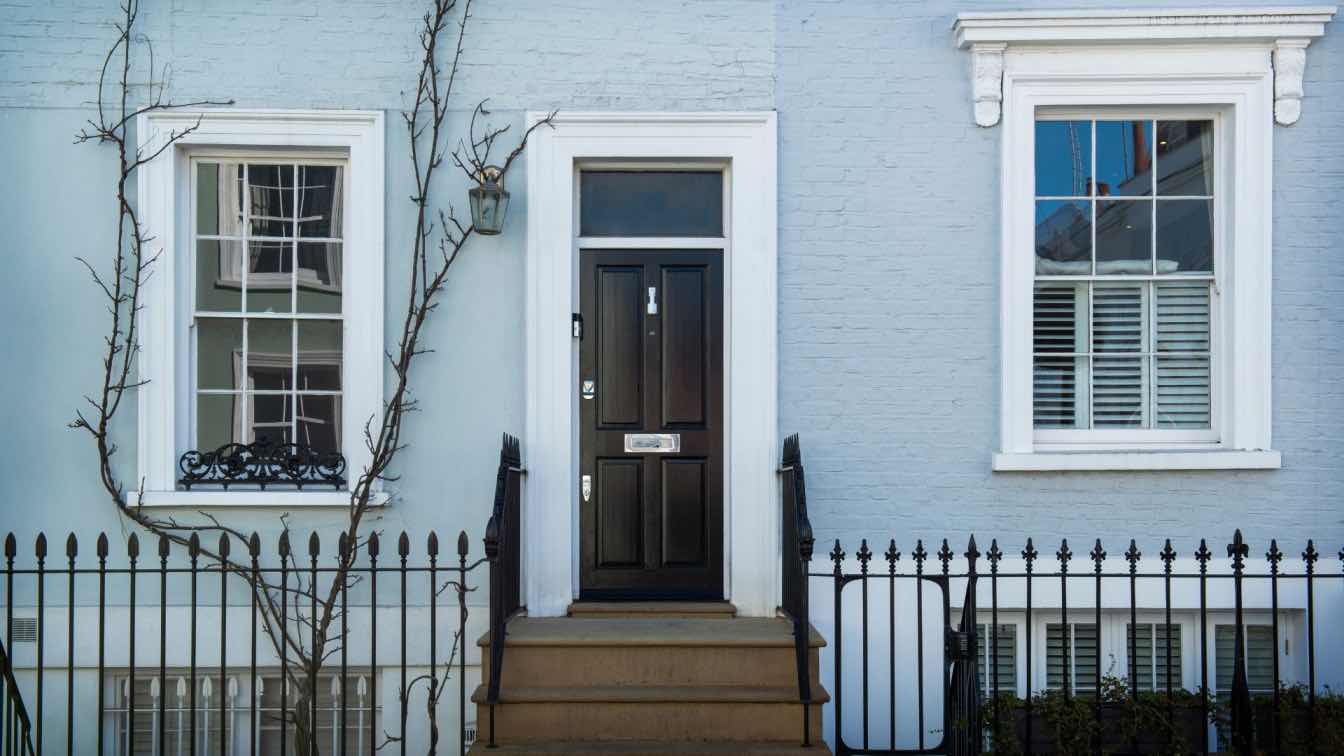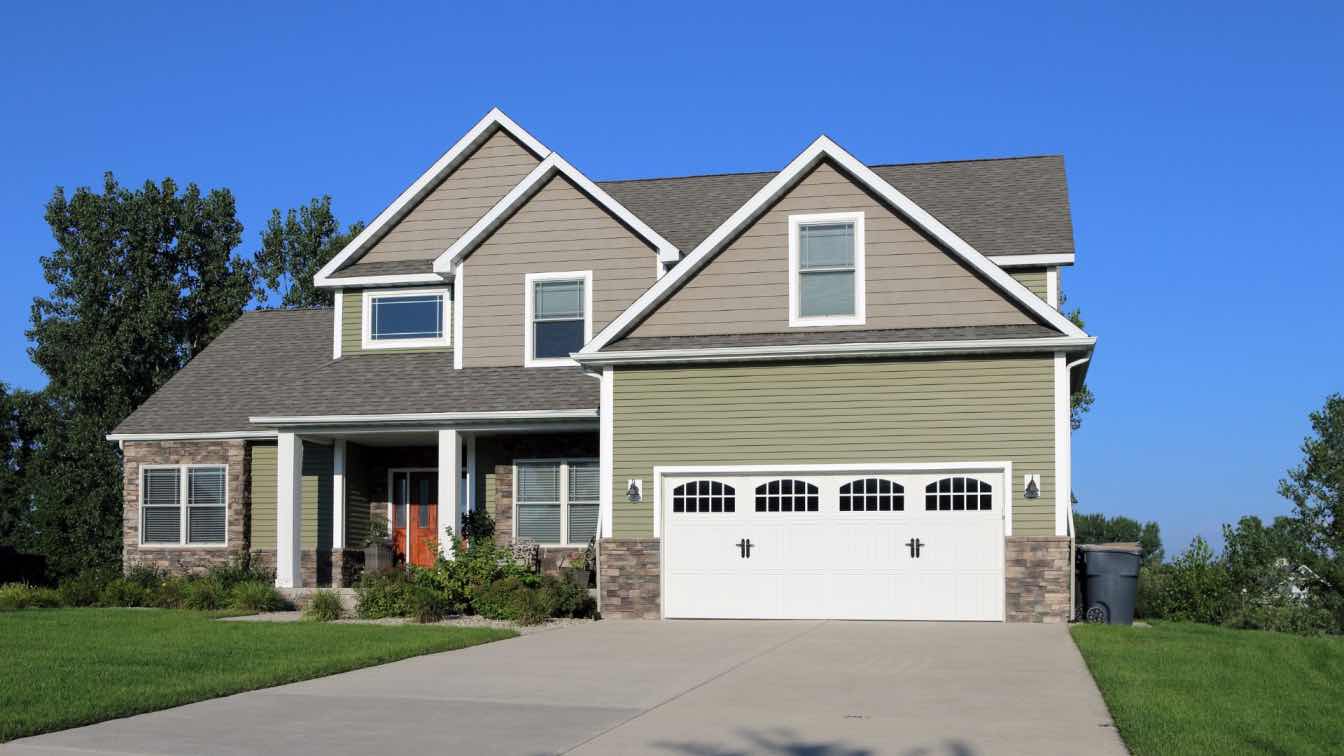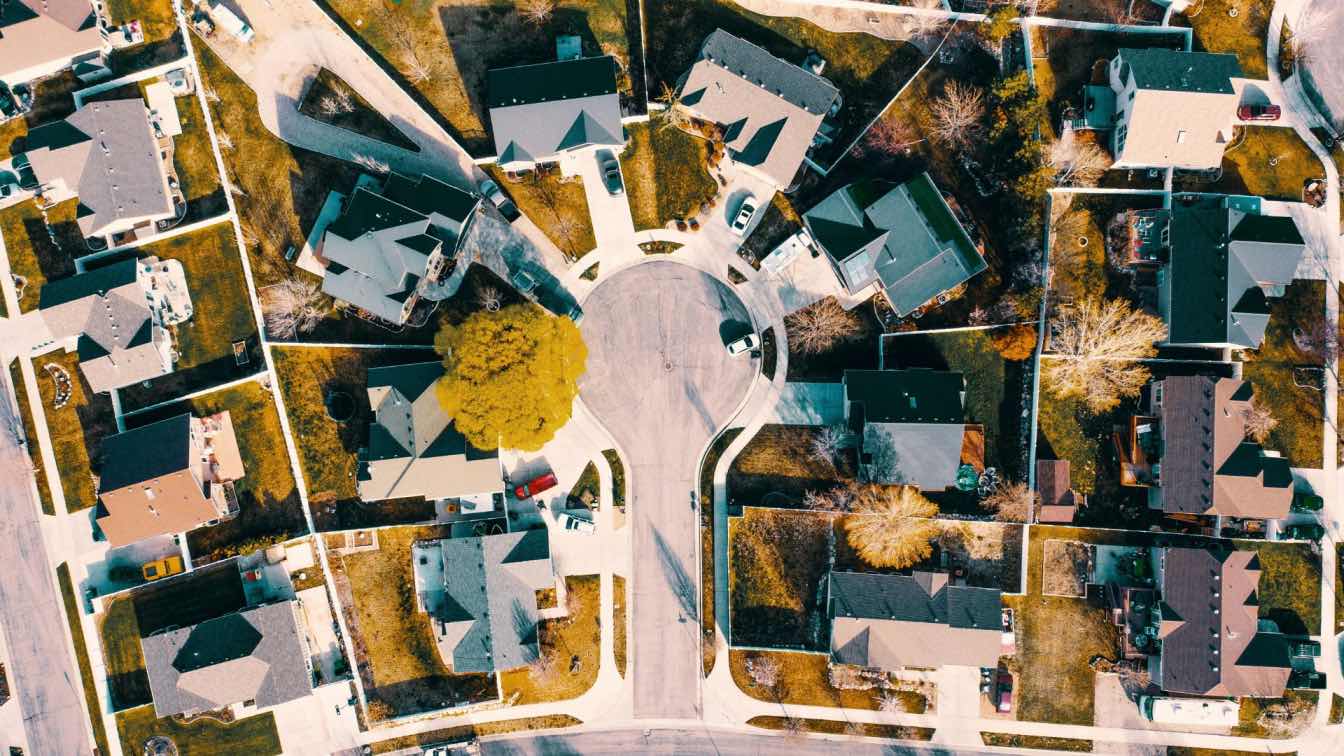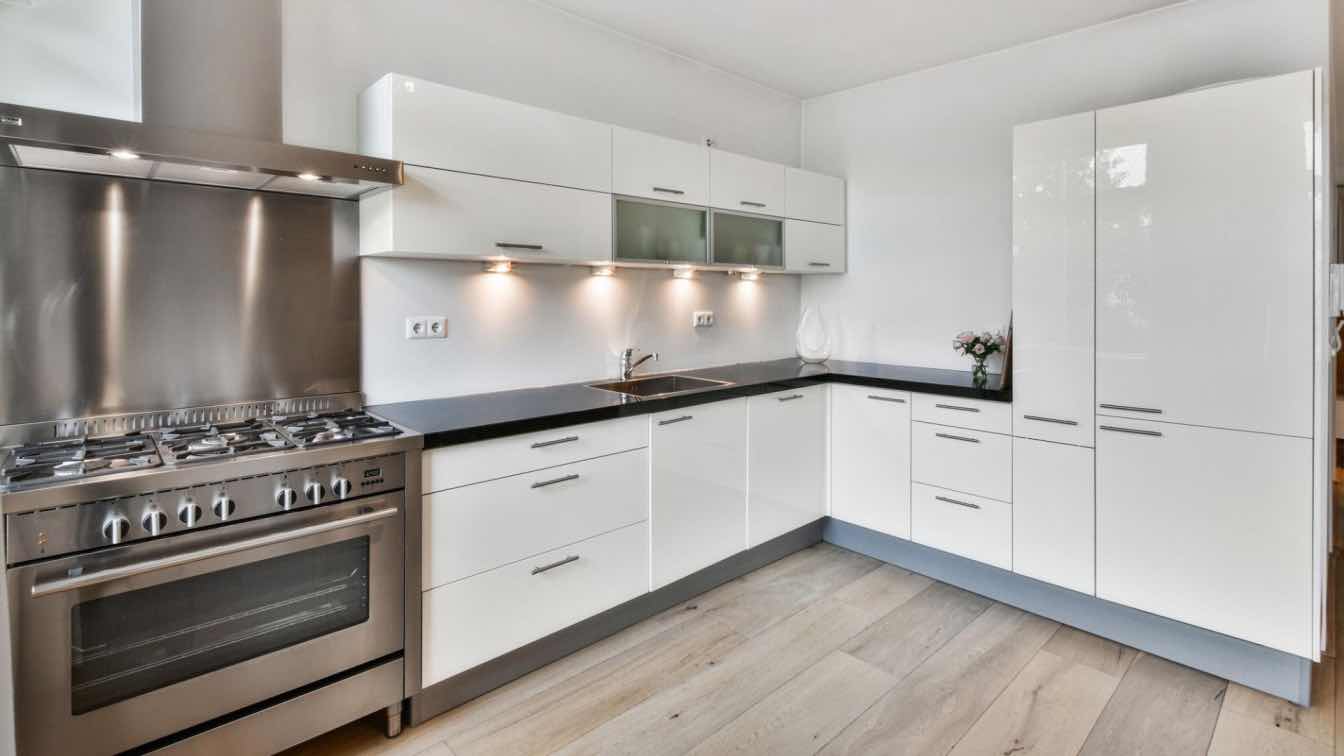Introduction
Windows and doors aren’t just architectural accents — they’re core to comfort, costs, and climate goals in Ontario. For homeowners researching windows and doors Vaughan, the right choices can cut heat loss, stabilize indoor temperatures, reduce noise, and elevate curb appeal — all while aligning with Ontario’s push to lower emissions from the building sector. In a province with humid summers and cold winters, fenestration sits among the biggest levers for performance: in many Ontario homes, windows and doors can account for a substantial share of seasonal heat loss, which is why upgrading them often sits near the top of any efficiency plan.
Ontario’s policy environment matters too. Municipal frameworks — including Toronto’s performance-based standards for new buildings — keep nudging the market toward better envelopes. That momentum filters into retrofits across the GTA: buyers expect tighter, quieter homes; builders standardize on higher-performing glass; and installation practices continue to improve so lab numbers show up in real life.
The Role of Windows and Doors in Ontario’s Homes
In Ontario’s mixed climate, windows and doors define how a house feels and functions.
Energy efficiency: Poor seals and older glazing elevate heating/cooling loads. Upgrading reduces heat loss in winter and heat gain in summer.
Comfort: Tighter units reduce drafts, temperature swings, and outside noise — crucial along GTA corridors and densifying areas.
Curb appeal and value: Contemporary profiles (black frames, slim sightlines) and modern entry doors lift perceived quality and resale.
Durability: Freeze–thaw cycles and UV exposure punish weak frames, sealants, and hardware. Materials matter.
Ontario Building Codes and Performance Standards
Ontario homeowners benefit from clear performance markers:
ENERGY STAR® certification (nationalized criteria): Products meeting the Canadian spec simplify shopping; a unit is either certified or not.
Energy Rating (ER): A single score that blends insulation, solar gain, and airtightness. Higher ER typically means better comfort and lower bills.
U-factor and SHGC: Still important at the individual window level, especially when tailoring to façade orientation.
For Vaughan retrofits, the practical takeaway is straightforward: select certified units with strong ER values and ensure installation details (pan flashing, air/vapour barriers, backer rod, compression seals) are done right.
Rebates and Financing in Ontario
Policy and incentives change over time, but Ontario homeowners typically have access to:
Per-unit window/door rebates (often in the low-hundreds of dollars per qualifying unit) plus a rebate toward pre-/post-retrofit energy assessments (commonly up to several hundred dollars).
Interest-free federal loans for eligible retrofits — often up to $40,000 over 10 years — to right-size your project (for example, choosing triple-pane with better frames rather than compromising).
Deadlines and documentation: Programs usually require a pre-retrofit energy audit, approved product selection, and a post-retrofit audit to finalize claims. If you’re already enrolled in an older stream, pay attention to posted cut-off dates for the post-audit and final submission.
Tip: Do not start work until your advisor confirms the paperwork path; otherwise, rebates/loans can be jeopardized.
Design Trends in Vaughan and the GTA
Aesthetics and performance now move together:
Large glazing and minimal frames: Brighter interiors without giving up ENERGY STAR-level performance.
Fiberglass and hybrids: Dimensional stability through freeze–thaw cycles, strong thermal breaks, and long life.
Custom front doors: Bold colours, pivot and modern slabs, multi-point hardware for security and tightness.
Noise-aware packages: Triple-pane, laminated panes, and warm-edge spacers to tame traffic and transit noise.
These trends suit Vaughan’s mix of newer subdivisions, modern infill, and heritage-sensitive streetscapes.
A Vaughan Example: Local Providers in a Changing Market
Local companies in Vaughan exemplify how Ontario firms blend design with performance: ENERGY STAR-certified options, envelope-first advice, and installation practices that respect air/vapour control layers. Rather than pitching products, the best providers act as guides — helping homeowners match façade exposure, shading, and use-patterns to glazing and frame choices. For readers searching windows and doors Vaughan, that consultative approach is what keeps projects on-budget and aligned with provincial programs.
Growth, Infill, and the GTA Housing Market
Vaughan’s sustained growth — intensification around the Vaughan Metropolitan Centre, steady townhouse activity, and aging 1980s–1990s stock in established neighbourhoods — shapes window and door decisions:
Condos and mid-rise near transit: Demand slim sightlines and high performing glass to meet tight envelope targets.
Townhouses and semis: Prioritize noise control and privacy glazing on busier frontages.
Detached homes: Whole-home replacement cycles (15–25 years) are common; owners often stage projects by elevation to manage cash flow.
Practical Guide for Vaughan Homeowners
When to Replace
Drafts and cold spots in winter, hot spots in summer.
Condensation or fog between panes (failed seals).
Sticking, sagging, or hard-to-lock units (air leakage and security concern).
Visible decay or UV damage to frames/caulks.
Rising utility bills despite similar thermostat use.
What to Look For
ENERGY STAR® + high ER values: A quick way to compare apples to apples for Ontario’s climate.
Frames:
- Fiberglass or hybrid (aluminum-clad wood/fiberglass) for stability and low expansion.
- Vinyl for value; seek multi-chamber profiles and reinforced corners.
Glazing: Triple-pane with Low-E coatings and warm-edge spacers for comfort and noise reduction.
Orientation-specific tuning:
- South: leverage selective solar gain for winter warmth.
- West: control glare/overheating with lower gain coatings and shading.
Hardware and seals: Multi-point door locks, robust compression gaskets, quality operators.
Process Overview (Ontario-specific)
1. Pre-retrofit energy assessment by a registered advisor (commonly required for incentives/loans).
2. Selection appointment to align aesthetics, budget, and performance.
3. Professional installation following best-practice air/vapour control and flashing.
4. Post-retrofit assessment to validate savings and finalize rebates.
5. Care and warranties: periodic checks of weeps/caulks; follow manufacturer cleaning and lubrication intervals.
Incentive Snapshot
Per-unit incentives for qualifying windows/doors (often up to the low-hundreds per unit).
Assessment rebate (commonly up to several hundred dollars).
Loan option (interest-free, often up to $40,000) to bridge costs for better-performing packages.
Ontario Examples of Energy-Efficient Design
Municipal performance standards: Toronto’s tiered standard for new builds has tightened envelope energy targets; even if you’re renovating in Vaughan, the broader market shifts product supply toward higher performance as manufacturers align with GTA expectations.
Vaughan growth dynamics: Intensification around transit and mixed-use corridors encourages quieter, tighter envelopes — triple-pane, laminated glass options, and better SHGC tuning are increasingly common even in standard packages.
Audit learnings: Energy advisors across the GTA consistently identify windows and doors as a major contributor to whole-home heat loss in older stock; comprehensive replacements often halve those losses when paired with proper air sealing.
The Financial and Environmental ROI of Upgrading
Bill savings: Replacing aging units with high-performing windows/doors can save typical Ontario households hundreds of dollars per year, especially in detached homes with large window areas. Over 20 years, cumulative savings are meaningful — and rise with energy prices.
Rebates and loans: Combining per-unit incentives, assessment rebates, and an interest-free loan lets you opt for triple-pane + better frames without shrinking scope.
Carbon impact: Buildings remain a top source of Ontario emissions. Reducing heat loss through better fenestration lowers your personal footprint and pairs well with future electrification (heat pumps), which deliver greater benefit in tight envelopes.
Resale: Buyers increasingly recognize efficient envelopes. Updated windows/doors often shorten time-to-sale and support stronger offers by signaling lower ongoing costs and better comfort.
Global Trends, Local Outcomes
Passive solar, practical details: Use higher-gain Low-E on south façades for winter sun; select lower-gain coatings and exterior shading on west façades for summer comfort.
Tight + quiet: Triple-pane + robust gaskets + warm-edge spacers reduce infiltration and road noise — a noticeable upgrade in rooms near garages, overhangs, or busy streets.
Smart controls: Motorized exterior shades, integrated door locks, and window sensors are moving from custom to mainstream and can be cheaper than oversizing mechanical systems.
Design without efficiency trade-offs: Black frames, thin mullions, and minimalist entry slabs are now available alongside ER-strong specs.
Ontario Case Studies
Vaughan Detached (Maple):
Before: 1990s aluminum/vinyl units; winter drafts; traffic noise in front bedrooms.
After: 18 triple-pane casement/fixed windows (dual Low-E, argon, warm-edge) + 2 insulated fiberglass doors with multi-point locks.
Results: More even temperatures; quieter interiors; thermostat setpoint reduced 1–2 °C with equal comfort.
Economics: Estimated savings around $700/year; incentives covered a notable share of costs; payback around 7 years, faster if energy prices rise.
Toronto Semi “Near-Net-Zero”:
Before: Mixed-era units; overheating west rooms; winter condensation.
After: Triple-pane tilt-turns with orientation-specific coatings, upgraded air sealing, insulated slab door, exterior shade on west façade.
Performance: Heating load cut about 45%; summer peaks softened; significant noise reduction.
Financing: Interest-free federal loan allowed top-tier glazing without shrinking the project scope.
The Future of Windows & Doors in Ontario
Vacuum-Insulated Glass (VIG): Triple-pane-like performance in a lighter, slimmer assembly — attractive for heritage-sensitive infill and ultra-slim sightlines.
PV-integrated glazing: Transparent or semi-transparent coatings that generate electricity; early pilots suggest promise on sun-exposed façades.
Circular materials: Recyclable frames and lower-carbon glass with take-back programs to cut embodied emissions.
Envelope intelligence: Sensors for temperature, humidity, and CO₂ that automate ventilation and shading; smart locks that coordinate with HVAC setbacks.
Policy alignment: As incentive streams evolve, envelopes (windows/doors, insulation, air sealing) are likely to stay priority upgrades because they reliably reduce demand before electrification.
Lifestyle & Design Considerations in Vaughan
Noise: Triple-pane and laminated glass pay dividends in areas near arterials or transit.
Security: Multi-point door locks and robust hardware improve safety and seal compression.
Curb appeal: Contemporary profiles and statement doors can refresh 1980s–1990s homes without heavy exterior work.
Heritage-aware choices: In areas like Kleinburg, custom lite patterns and colour-matched frames achieve efficiency without losing character.
Common Challenges (and How to Avoid Them)
Upfront cost: Stage projects by elevation or pair with interest-free financing to keep cash flow predictable.
Installer variability: Choose teams that show their flashing, sealing, and shimming standards — and who are comfortable coordinating with energy advisors.
Paperwork pitfalls: Start with the audit and follow the program steps so you don’t miss eligibility windows.
Conclusion
For Vaughan homeowners, upgrading windows and doors is more than a cosmetic refresh — it’s a foundational move toward quieter, more comfortable, and more efficient living. The pathway is clear: begin with a proper energy assessment, select products with proven performance (ENERGY STAR® and strong ER values), insist on installation that respects Ontario’s air/vapour control layers, and capture the available incentives or interest-free financing. In a province steadily raising the bar for building performance, envelope upgrades are the simplest, most dependable way to future-proof a home.
FAQs
Q1: How do I know my windows/doors are costing me money?
Drafts, fog between panes, sticking hardware, and rising bills are common clues. An energy advisor can quantify heat loss and prioritize upgrades.
Q2: Are triple-pane windows worth it in Ontario?
Yes. They improve winter comfort, reduce summer overheating (with the right coatings), cut noise, and help meet modern envelope targets.
Q3: What rebates and loans can I use?
Ontario streams typically offer per-unit incentives for qualifying windows/doors, a rebate toward energy assessments, and an interest-free federal loan (often up to $40,000 over 10 years). Start with a pre-retrofit energy audit to lock in eligibility.
Q4: Do I need a permit to replace windows in Vaughan?
Most like-for-like replacements don’t, but structural changes or heritage-regulated façades may require municipal approvals. Confirm before you order.
Q5: What’s the best frame material for Ontario?
Fiberglass and hybrid frames handle freeze–thaw well and offer strong thermal breaks. High-quality vinyl can be excellent value; aluminum cladding adds durability.
Q6: Will new windows and doors raise my home’s value?
They often improve marketability and can support stronger offers by signaling lower bills, better comfort, and current aesthetics.





